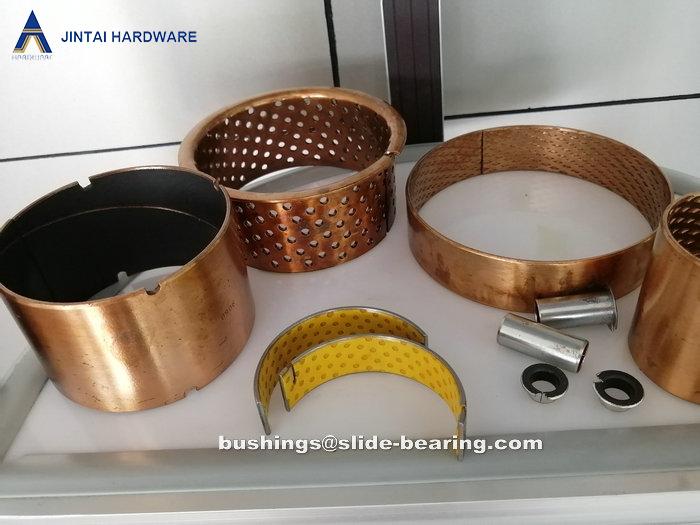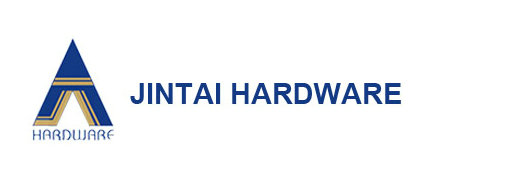Oil-free bearings are made of steel plate as the base, sintered spherical bronze powder in the middle layer, and rolling a mixture of polytetrafluoroethylene [ptfe] and lead on the surface. It has the characteristics of low friction coefficient, wear resistance, corrosion resistance, oil-free self-lubrication and long service life. Using it can reduce costs, reduce noise, and prevent sticking and slipping. It is widely used in the sliding parts of various machinery such as printing presses, textile machines, hydraulic pallet trucks, tobacco machines, medicinal machinery, fitness equipment, micro motors, automobiles, motorcycles, etc.

1. Oil-free bearing is a new type of lubricating bearing that combines the characteristics of metal bearing and oil-free lubrication bearing. The metal matrix bears the load, and the specially formulated solid lubricating material plays the role of lubrication. It has the characteristics of high bearing capacity, impact resistance, high temperature resistance, and strong self-lubricating ability. It is especially suitable for heavy load, low speed, reciprocating or swinging and other occasions that are difficult to lubricate and form an oil film. It is not afraid of water wash and other acid erosion. And scour
2. The oil-free bearing is made of steel plate as the base, sintered spherical bronze powder in the middle layer, and rolling the mixture of PTFE and lead on the surface. It has the characteristics of low friction coefficient, wear resistance, corrosion resistance, oil-free self-lubrication and long service life. Using it can reduce costs, reduce noise, and prevent sticking and slipping.
3. Metal base solid inlaid oil-free bearings. A high-performance solid lubricating product with graphite and MoS2 composite solid lubricant embedded on the metal matrix. It breaks through the limitations of general bearings that rely on oil film lubrication. During use, the solid lubricant is rubbed against the shaft by frictional heat to form an excellent lubrication condition for the coexistence of oil and powder, which not only protects the shaft from wear, but also makes the solid lubrication properties eternal.
4. Multi-layer composite oil-free bearings. With steel plate as the base, spherical bronze powder is sintered in the middle, and the surface is rolled with a mixture of PTFE and lead, it is a rolling bearing. It has the characteristics of low friction coefficient, good wear resistance, good corrosion resistance and no oil lubrication. It can reduce costs, reduce mechanical volume, avoid shaft biting, and reduce mechanical noise.
The correct installation method of oil-free bearings:
1. It should be determined whether there are bumps, protrusions, etc. on the mating surfaces of the shaft and the shaft shell;
2. Whether there is dust or mold sand attached to the surface of the bearing shell.
3. Although minor bumps, protrusions, etc., should be removed with oil grindstone or fine sandpaper.
4. In order to avoid bumps during packaging, a small amount of lubricating oil should be applied to the surface of the shaft and the shaft housing. To install the bearing on the shaft center, force must be applied to the inner ring, and to install the bearing to the bearing shell, force must be applied to the outer ring. When applying force to the bearing, you must pay attention to make the force vertical and even downwards, the bearing will be injured by the side hitting. For this reason, try to avoid partial hits.
5. The retainer and sealing plate of the oil-free bearing bearing must not be applied. The installation method using a hammer and casing is a commonly used method. Because it will damage the bearing, it must not be hit directly.

